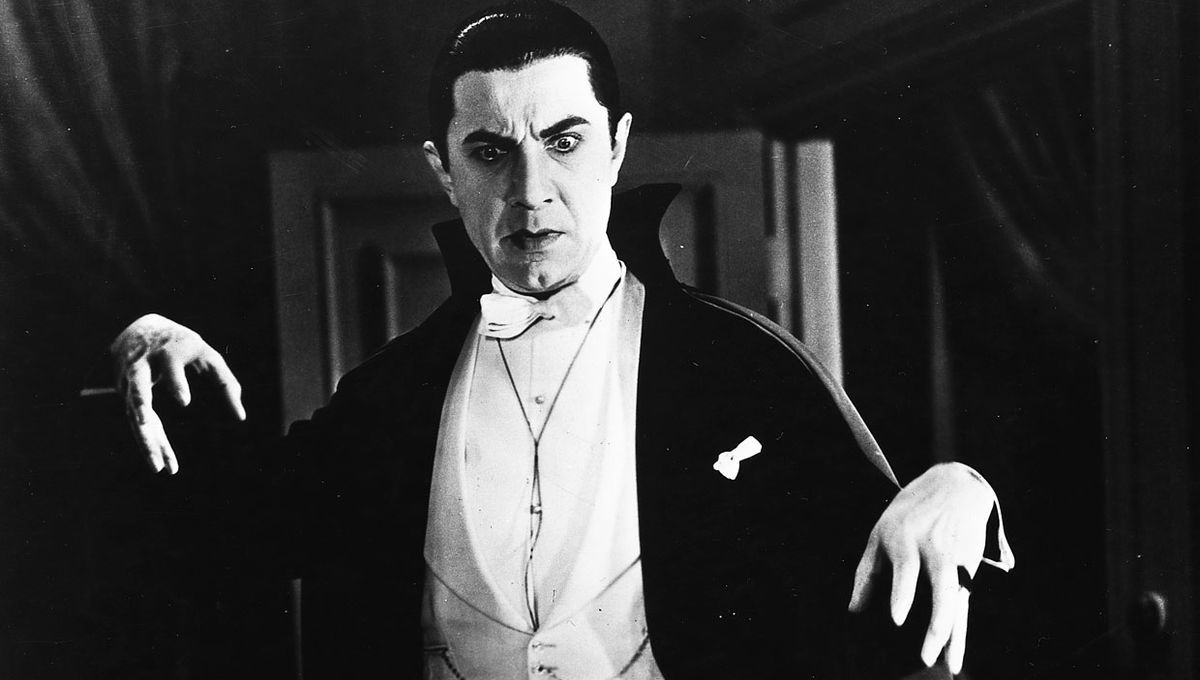Create a free profile to get unlimited access to exclusive videos, sweepstakes, and more!
Dracula the Impaler’s 15th century cannonballs unearthed in Bulgaria

Alrighty folks, say it with us now, because you may not get this opportunity again… Dracula’s cannonballs. It feels good, doesn’t it?
Thanks to the hard work of archaeologists (likely not sporting fedoras, sidearms, and whips) in the small town of Svishtov, Bulgaria, we now have (mostly) just cause to use such a phrase. Professor Nikolay Ovcharov from the National Institute and Museum of Archaeology in Sofia and his team of researchers have unearthed a collection of medieval cannonballs believed to have been used by Wallacian Voivode Vlad III Dracula, aka Vlad the Impaler.
According to a report in Archaeology in Bulgaria, the balls were “most likely” used by Count Vlad in the winter of 1461-1462 during his “siege and conquest” of the Zishtova Fortress being held by the Ottoman Turks. The balls were used for culverins, an early, primitive form of the cannon.
The well-preserved Late Antiquity and medieval fortress has only recently begun major excavations, and has already yielded Dracula’s cannonballs (it doesn’t get old, does it?) as well as an inscription detailing “one of the cohorts of the Roman Empire’s First Italian Legion” stationed from the 1st to 4th centuries AD at the military camp and city of Novae, just outside of today’s Svishtov.
The Romans abandoned the fort, and a millennia or so later, the existing fortification, (which was in use as late as 1810) was built on top of it. Then Vlad Dracula came along and started his bloody conquest of what had been the Second Bulgarian Empire, along with the Byzantine Empire. And apparently he needed not just fangs, but also cannon fire to do that.
“These were the earliest cannons which were for the 15th century, up until the 16th century, they weren’t in use after that. These were still very imperfect cannons. That was precisely the time of Vlad Dracula, there is no doubt that they are connected with the siege [and conquest of the Zishtova Fortress] by Vlad Dracula in 1461," Ovcharov says.
Ovcharov points to a number of authenticated historical sources to support his findings, including a letter from Vlad himself from February 1462, to the King of Hungary boasting about taking the fortress “after a fierce battle, and that about 410 Turks were killed during the siege. Some of them were probably impaled, in his style.”
Of course, such style is what inspired Bram Stoker to write Dracula, though Vlad had no actual vampirical experience (that we know of).
After the battle, Vlad likely holed up at the fortress for the winter, because it was just so homey. Granted, that’s not the only battle that took place at the fortress, including 15th and 16th century clashes between the Ottoman Empire and the Wallachian Voivodeshi. Indeed other, later cannonballs have already been found on the site, but those aren’t Dracula’s cannonballs.
(via Fox News)


























